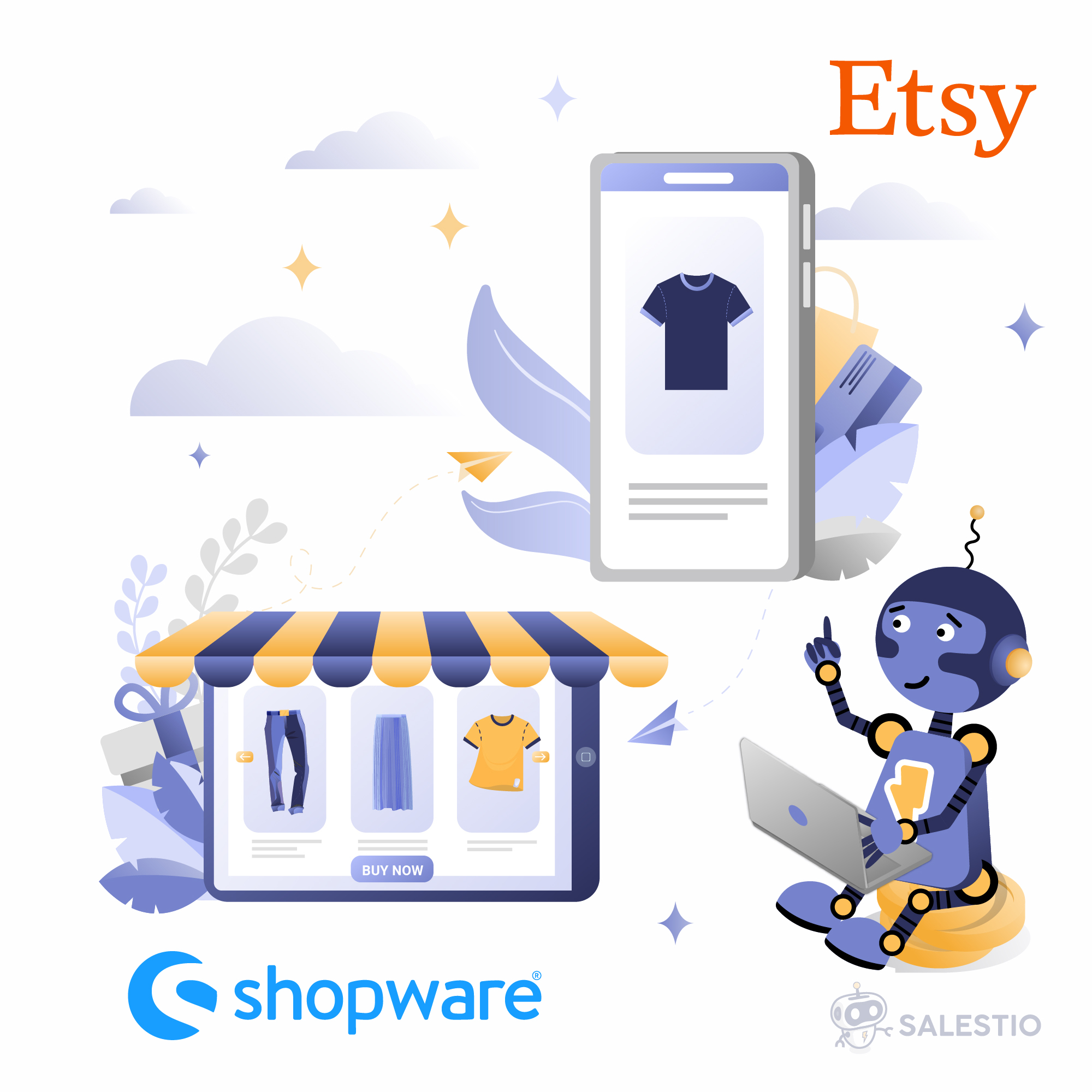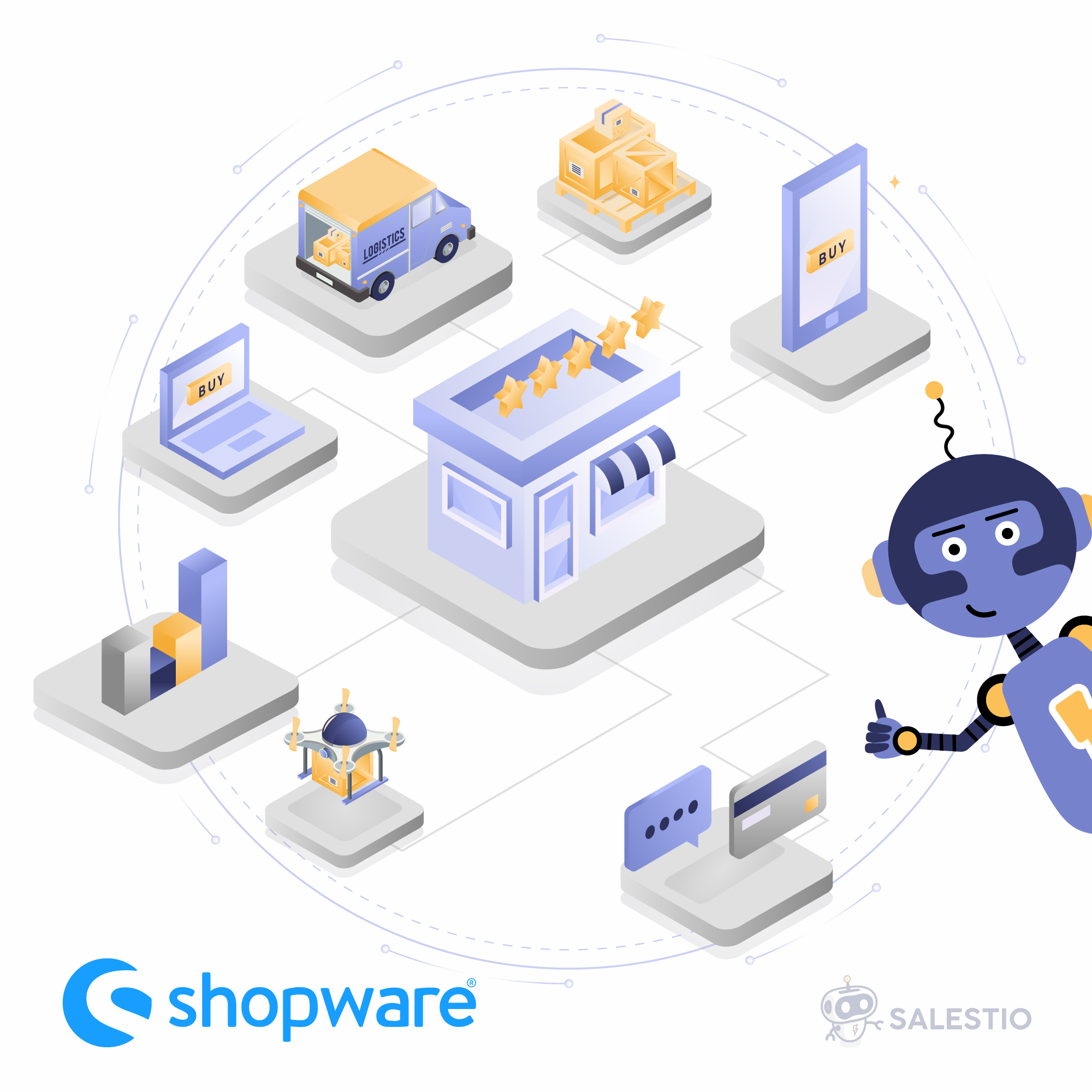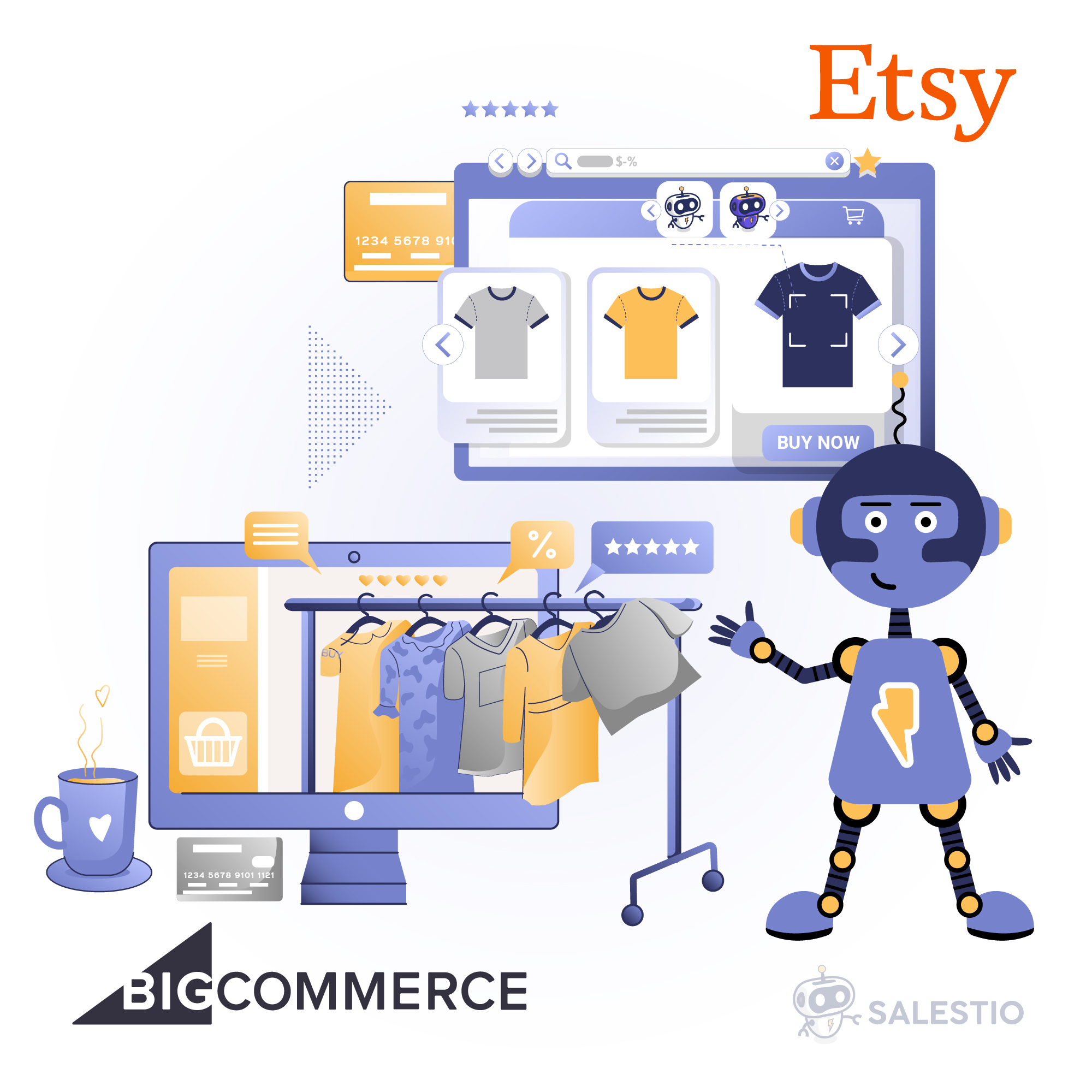04 Apr'25

We are happy to introduce our new app, Salestio — Multi‑store Sync. This app connects multiple Shopify shops. It allows for the syncing of product information from one Main store to different Dependent stores.
Sellers can use different modes to update the products and choose to sync quantities, prices, and full product data across the stores. Once the stores are connected, the synchronization process runs automatically.
In this article, we will go through the steps of installing, setting up, and using the app.
Install the app
Salestio — Multi‑store Sync is designed to work with one source store and multiple stores connected to it. We call it the Main store and Dependent stores. You can dedicate a store as a Main one after installation during the onboarding section. The app has to be installed in all of the stores to synchronize the products between them.
The Main store needs to be configured first. Start with the Main store setup because it will serve as the link between the other Shopify sites.
Main store
If the current store is assigned as Main, the Connection Key will appear that can be shared to request the connection from the Dependent store. This step can be skipped, and the invitation to the Dependent store can be sent later.
On the next screen, you can send invitations to multiple stores as Dependent. This step can be skipped, and the Dependent store(s) can be invited from Multi-store Sync > Settings later.
Once the setup is complete, you will be redirected to the Dashboard. At this point, you can start setting up the Dependent stores.

Dependent store
The Dependent store can be installed and activated in the following ways:
- Multi-store Sync is installed from the Shopify App Store. Then, the current store is assigned as Dependent. You will need to enter the Connection Key from the Main store to proceed with installation and configuration. The Connection Key can be obtained from the Onboarding screen or from the Settings page on the Main store.
- Multi-store Sync is installed from the Shopify App Store and the Main store sends the invitation from the Onboarding Screen or the Settings page. In this case, the confirmation screen will appear as an Onboarding step on the Dependent store. Here you can accept the invitation from the Main store. The Connection Key is not needed in this case.

In the next step, you can select the Synchronization preferences. Possible options:
- Sync all product data (including creating new products)
- Sync only products that exist in both stores, matched by SKU
- Sync quantity
- Sync price
This step can be skipped, and the configuration can be added later in the Multi-store Sync > Settings.
Once the setup is complete, you will be redirected to the Dashboard.
The synchronization happens automatically in the background according to the preferences that were set in the Dependent store. If you would like to change what data you would like to sync from the Main store to the Dependent store, go to Dependent store > Settings, and update what you would like to sync.
At the same time, it is possible to manually force syncing data from the Main to the Dependent store. To do so, click the Sync All button from the Dashboard.
Dashboard
On the Dashboard, you can find the details and updates about the current sync status, as well as connected stores.

Synchronization status
The Synchronization status block shows the URLs of the connected stores and the number of products linked/available from each store. Clicking “Sync All” allows manually starting the syncing process.
The Main store shows all connected URLs, whereas the Dependent store shows only the Main and current Dependent store URLs.
Recent Tasks
The Recent Tasks block shows the status of the recent automatic background tasks. Click on the three dots icon to view the details.
Connected Stores
The Connected Stores block shows all connected stores. The badge “Main” or “Dependent” indicates the status of the store. From the Main store, you can add new stores right from this block.
Clicking the Settings button redirects you to the Synchronization preferences of the current store.
Billing Plan
The Billing Plan block shows your current billing plan and the number of products available and used in the current plan. Clicking the Upgrade Plan button allows you to select a plan that works best for the number of products that you would like to sync.
Depending on the store’s needs, consider adjusting your billing plan here. Each of the connected stores has an individual plan.
Settings
Main and Dependent stores have different settings available to them. Click “Settings” at the top-right of the Dashboard.
Main Store
The Connection key in the Main store > Settings allows connecting from the Dependent stores without further confirmation. Share this key with the Dependent store owner if you would like to send product data to their store.
If you would like to add a new Dependent store without sharing the key, enter the store URL and send the request. The Dependent Stores block displays badges with the connection status. Each store shows the Synchronization preferences and the Inventory Location. If you would like to change either, ask the Dependent Store owner to update these details from Dependent Store > Settings.

Dependent Store
The Settings page on the Dependent Store shows the configuration of 2 important parts: Sync settings and Location settings.
Sync settings — select what product data will be synced from the Dependent store. Pick from selecting all products, matching products, prices, and/or quantities.

Location settings — select the Shopify Locations to be used by the app. To sync inventory levels, it is important to select the Warehouse where the data will be synced from. If the Location mapping is not configured, the default location will be used.
To add a new mapping, select the Main store and the Dependent store location and click Save Location mapping.
On this page, you can also see the URL of the Main store and disconnect from it if you no longer want to sync the products from this store.
That’s it for today! Don’t forget to check out Salestio — Multi‑store Sync at the Shopify App Store. If you have any questions, feel free to reach out to our support team at support@salest.io.





